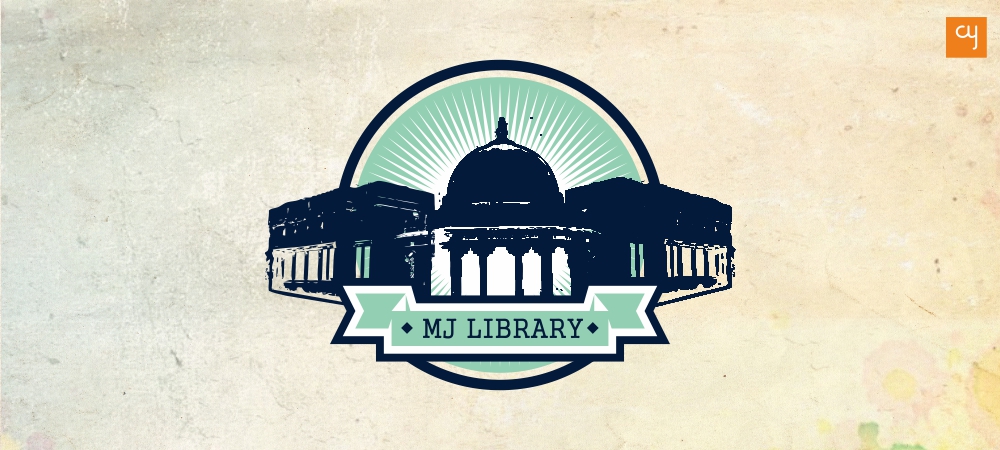Why the 80-Year-Old MJ Library Is Still the Favourite Library of Many Amdavadis
The MJ Library is a true example of what “living heritage” means in the World Heritage City. With a collection of more than 7,50,000 books today, it’s still a favourite haunt amongst students and senior citizens. The library was initiated with a donation of 7000 books by Mahatma Gandhi. What’s more? It also has a mobile library!
80 years ago, Mahatma Gandhi donated 7000 of his own books to an unassuming new construction by the banks of the Sabarmati. Yes, book-lovers and Gandhians, you heard me right. The Sheth Maneklal Jethabhai public Library of Ahmedabad received more than 7000 books from Mahatma Gandhi back in the 1930s, all of which are still preserved in a dedicated section of the library. Gandhi always had in mind the idea that a library should be created for the books of the Ashram. His dream came true when local authorities decided to open a public library with philanthropist and businessman Sheth Rasiklal Maneklal’s monetary support. The MJ Library, today, preserves Gandhi’s collection in a capsule of time. But that’s not all. It also happens to be a top favourite destination for Amdavadis.
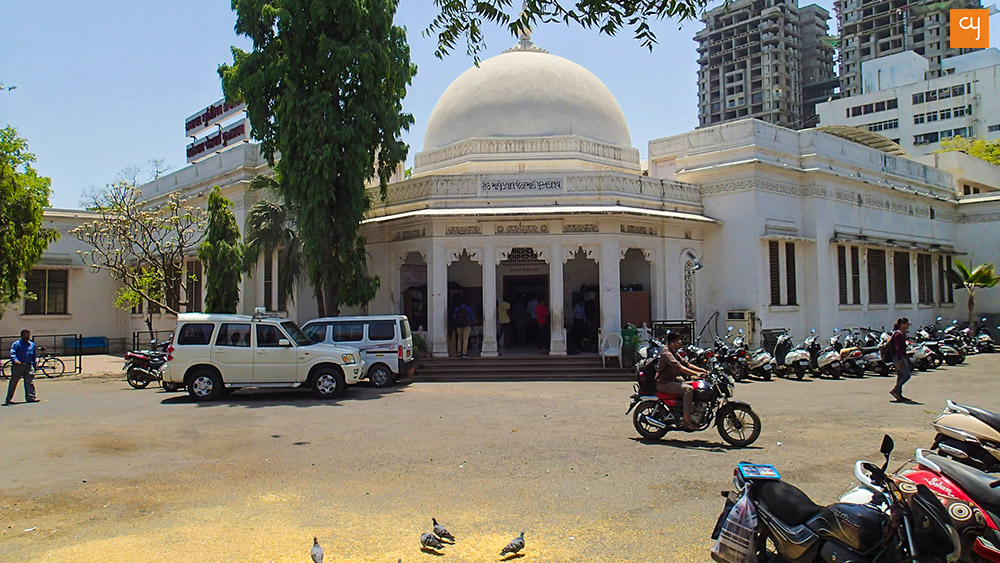
It’s scorching this time of year in Ahmedabad, with the mercury crossing the 40 degree Celsius mark by noon every day. As I reached MJ Library, a structure designed by English architect Claude Batley in Rajputana Colonial Style of architecture, its white marble shone in the light, seeming to vie for attention beside the iconic Town Hall of Ahmedabad. The library is situated in the heart of the city and well connected with the Bus Transit system of the municipality. But I had the preconceived notion that hardly anyone would be bothered to sit in an 80-year-old library to read. I was mistaken. As soon as I entered the premises, I was struck by the sight of a busy central reception desk with people literally standing on the officer’s head with enquiries. I was left equally startled when I reached the reading rooms and witnessed them brimming over with people – young and old alike – all glued to their books and newspapers.
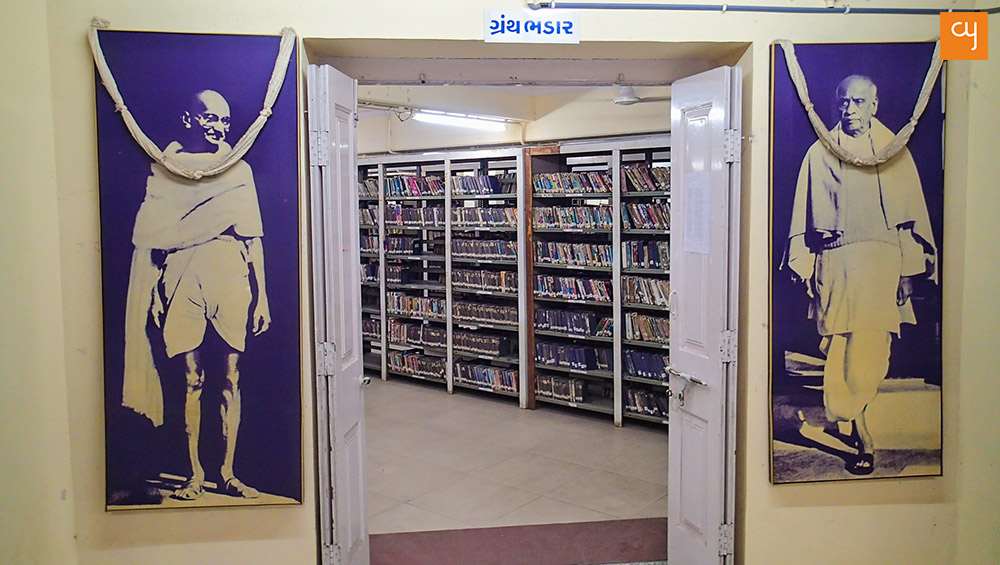
Yogesh Patel, a technical official of MJ Library, revealed to me that “there is a walk-in average of more than 2500 people each day, which mostly includes students preparing for competitive exams.” I noticed that most students come to read the academic books stored in the library’s reference section, or come with their own exam study material. The current flock of students seemed to have arrived to prepare for the GCE, NEET and various upcoming entrance exams. Considering that this is a granth bhandar (treasury of books), however, I saw no rush to procure books from the library’s many shelves, which were largely left appearing forlorn. I asked a group of students why they like to visit the library frequently. “Because they allow us to sit and read peacefully without any fees,” they answered. The library’s fees are only applicable if you want to borrow books, and are incredibly reasonable. One can get a lifetime membership in merely Rs 1500! The timings are also very flexible as the reference section and reading centre are open for all until 10:00 PM every day.
What’s more? If someone cannot personally visit the library to access its books, a vehicular library can come to their rescue! A mobile library visits certain locations in the city according to a given timetable, arriving there weekly with books that can be exchanged for reading. This facility is even included in the lifetime membership cost. I have yet to come across any such regular facility provided by any other public library in Ahmedabad!
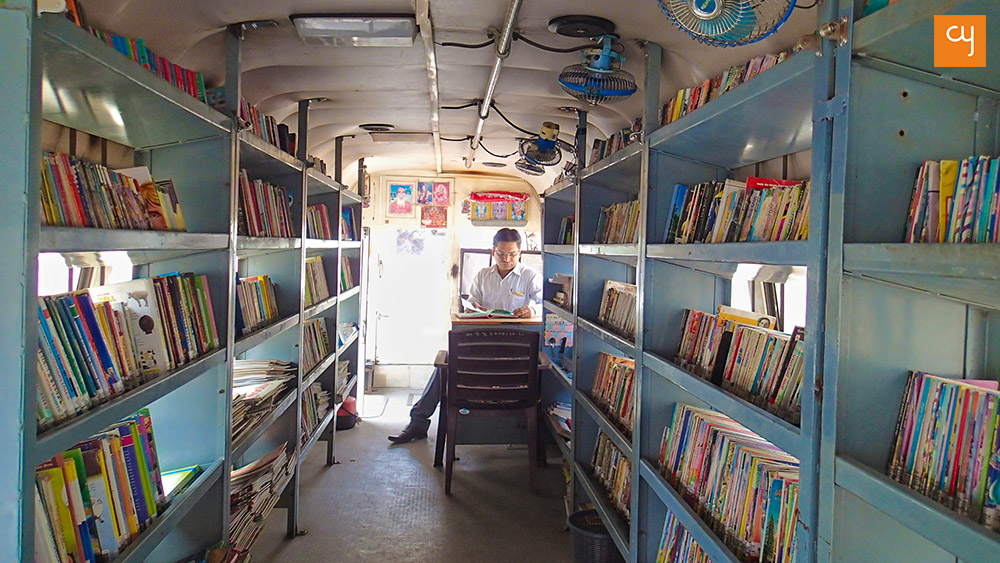
The library’s section for newspapers and magazines is also a favourite spot for retired and senior citizens. With over 225 weekly, fortnightly and monthly magazines in store and over 30 kinds of newspapers published in different languages, I wondered how massive the library’s archives must be. A senior citizen, who also happens to be an ex-professor from Saurashtra University, expressed to me, “I love coming to this library because I can meet family-like groups here, of my age. I am retired from my job, and my family wouldn’t prefer to have me around them all the time. The flexible timings of the library, from morning 08:00 AM to evening 08:00 PM, are a boon for people like me who want to sit and read at ease.”

In addition, the library not only has special sections dedicated to books for children and women – yes, there is a section dedicated to topics like fashion and cooking – it’s also created a division in the reading section between men and women. Since thousands of people visit the public library, this step must have been taken for precautionary purposes. I personally found this to be a sound decision because I noticed that it created a sense of ease. It appeared to me that the women were sitting very comfortably in their section of the library, in relaxed postures. There was undoubtedly an etiquette in their body language, but since there was no one watching over them, it seemed that they could be themselves and concentrate on reading.
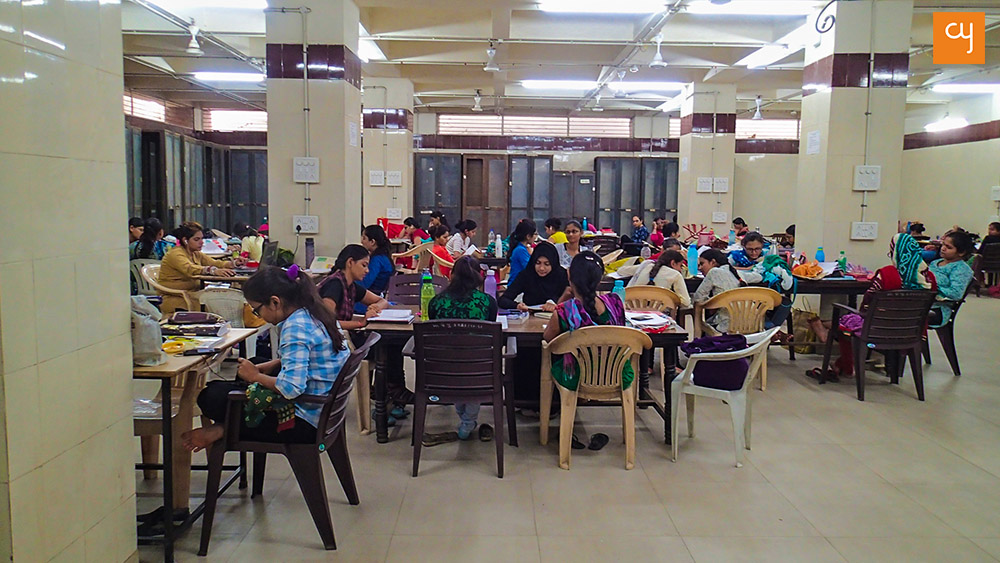
Across the library, its ventilation ducts are designed which such sophistication that, even without air conditioners, one doesn’t feel the heat. Despite it being a summer afternoon, in a room shared with hundreds of enthusiastic readers, a breathable and cool breeze is felt. Most of the reading section is also flooded with natural light during the daytime, except for the women’s reading section which is located in the basement of the library.
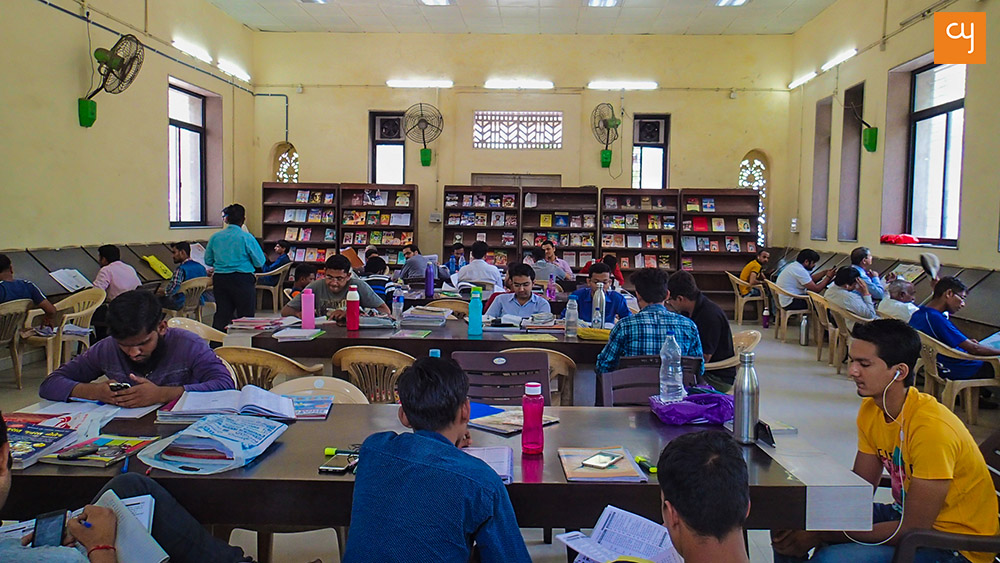
The MJ Library was inaugurated by India’s first Deputy Prime Minister Sardar Vallabhbhai Patel in 1938. There are more than nine branches of the Library in Ahmedabad, with the one located at Ashram Road being the head branch, handled by Librarian Dr Bipin Modi. The library works like a vast organisation, with the capacity to house 118 staff members simultaneously. It has over 24,000 registered users in all. The picture gallery of the library, located in its foyer, welcomes everyone with a ‘Then and Now’ photo-collage on Ahmedabad city. In conversation, Dr Bipin Modi pointed to the 57 photographs of influential achievers of Gujarat, which are accompanied by brief information about their life and achievements, and explained, “These photographs were symbolically installed during the 57th Independence Day of India.”
The library also houses a recently inaugurated audio library section, which is specifically designed for visually impaired literature enthusiasts, explained Dr Modi. “Enthusiastic students from the Blind People’s Association frequently come to refer to our 2500 audiobooks, which are accessible through 6 to 7 audio systems,” he said. “The voiceovers are extremely enticing and lure a person into listening to the recordings.” The librarian also enlightened me about the auditorium of MJ Library, which has a capacity for 125 people, where regular cultural activities take place. For those looking to enrol their children in summer classes, MJ Library is hosting various workshops for kids during the vacation period. Interested people can visit the library for further information.
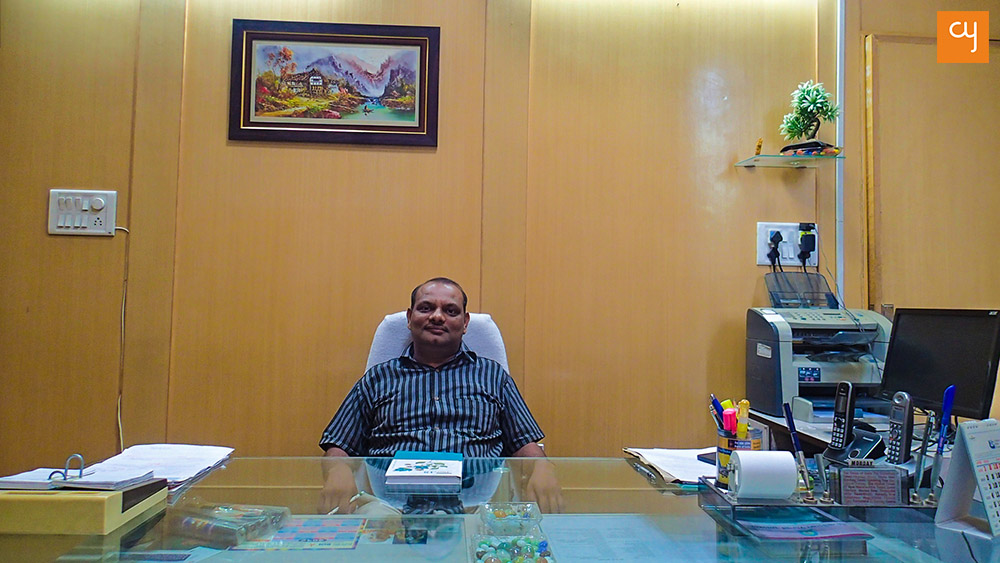
Heading over to the section of the library that’s dedicated to the 7000 books donated by Gandhi, I was a little disheartened on seeing the frayed condition of the books. But this feeling was replaced by delight when a senior official told me that all these books are in the process of digitisation, with Sabarmati Ashram actively contributing to this process. Approximately 1600 books have already been digitally processed, and the e-books archive is available for reading at the Gandhi Heritage Portal. Initially, Gandhi used these books as references while writing for his weekly papers Navjivan and Young India, and also while drafting his personal journals. But, intriguingly, the Father of our Nation also read books across multiple genres like fiction, travelogues, poetry, religion, spirituality and even analytic geometry. Gandhi’s collection was the first one to be housed at the library and was later accompanied by a donation of approximately 8800 books by spiritual leader Swami Akhandanand. These books form a significant part of the city’s literary heritage today.
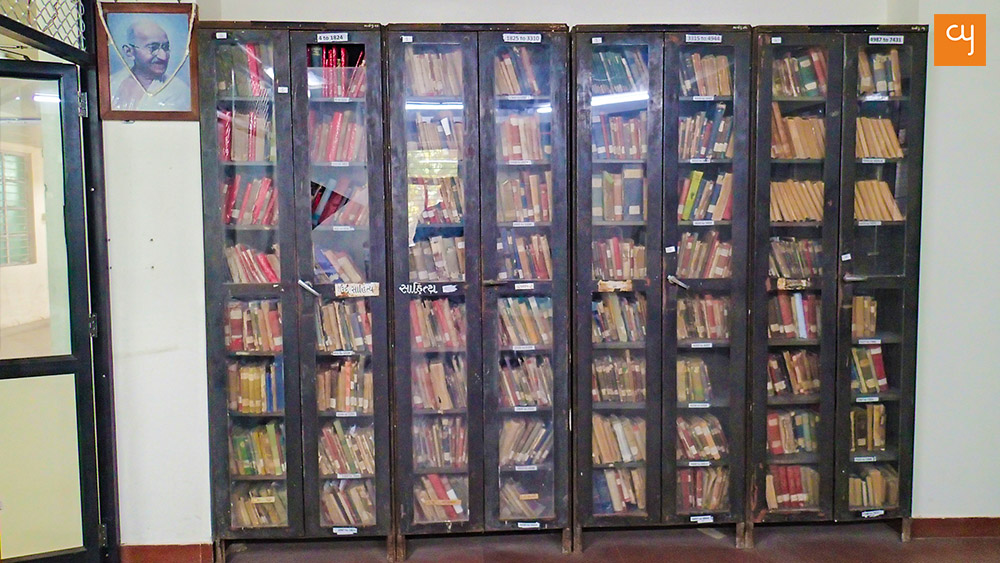
The library’s collection of 7,50,000 books is massive and segregated across English, Hindi, Gujarati, Bengali, Marathi, Sindhi, Sanskrit, Urdu and French languages. The collection consists of books ranging from fictional novels to non-fiction works, comics to journals, biographies to academic books, and various other genres.The academic section houses hordes of carefully compiled informational books, including encyclopaedias, Britannicas and books on subjects like history, science, economics and mathematics.
‘Every book gets its reader. Every reader gets its book’ – so reads the library’s mission statement, embossed on the walls of the building’s foyer. But this goal will only be achieved if readers come to interact with the many books in the library, and not only to use its reading space! It’s time for Ahmedabad to wake up to this granth bhandar and its offerings!
Yatra Archives

 How Tulika Books is creating impact in children’s lives through picture books
Nandini Varma
How Tulika Books is creating impact in children’s lives through picture books
Nandini VarmaAug 21, 2019
A children’s book about a boy who feels like a girl. And about a child brought up by grandfathers. These are some of the stories published by Tulika Books, who have been making children’s picture books since 23 years. Little…
 Dalgona Coffee: A worldwide social media trend about home-made café experience
Harshil Shah
Dalgona Coffee: A worldwide social media trend about home-made café experience
Harshil ShahApr 2, 2020
While the lockdown has ignited various trends on social media, one that has received a major global following is #DalgonaCoffee. With thousands of posts on its name, here’s all you need to know about the Dalgona Coffee wave. I first…
 Leonardo, Michelangelo, Raphael and Donatello—Artists or Teenage Mutant Ninja Turtles characters?
Harshil Shah
Leonardo, Michelangelo, Raphael and Donatello—Artists or Teenage Mutant Ninja Turtles characters?
Harshil ShahNov 5, 2019
Did you ever wonder where the Teenage Mutant Ninja Turtles’ characters got their names from? Well, your search is complete. Here is a brief introduction of the artists from whom the creators of TMNT took inspiration. Teenage mutant ninja turtles,…
 The call of the mountains: orthopaedic Dr Yatin Desai’s advice on trekking
Himanshu Nainani
The call of the mountains: orthopaedic Dr Yatin Desai’s advice on trekking
Himanshu NainaniMay 24, 2019
In this piece 64 year old Dr Yatin Desai, shares with CY his inspiring story of how to scale towering mountains with utmost ease and how this life adventure activity can shape human character and health. Chances are high that…


